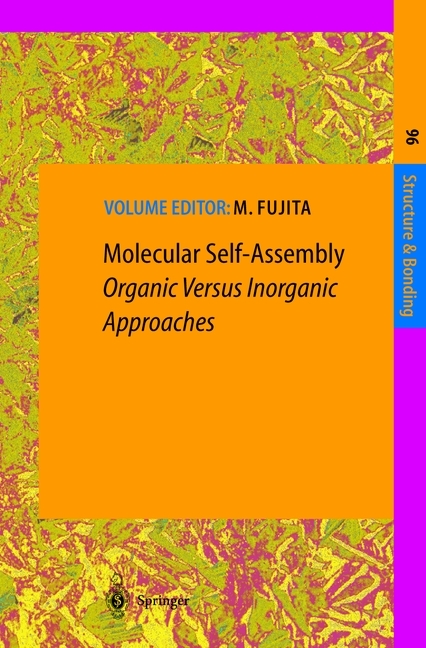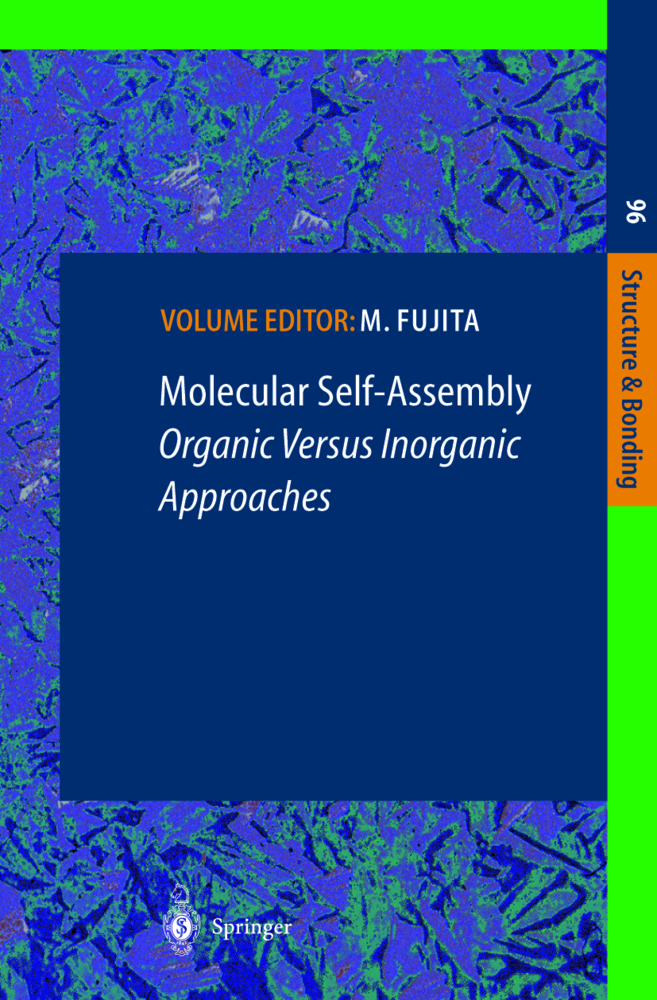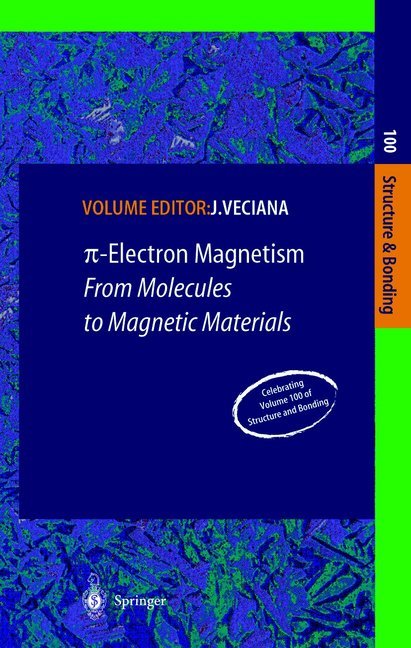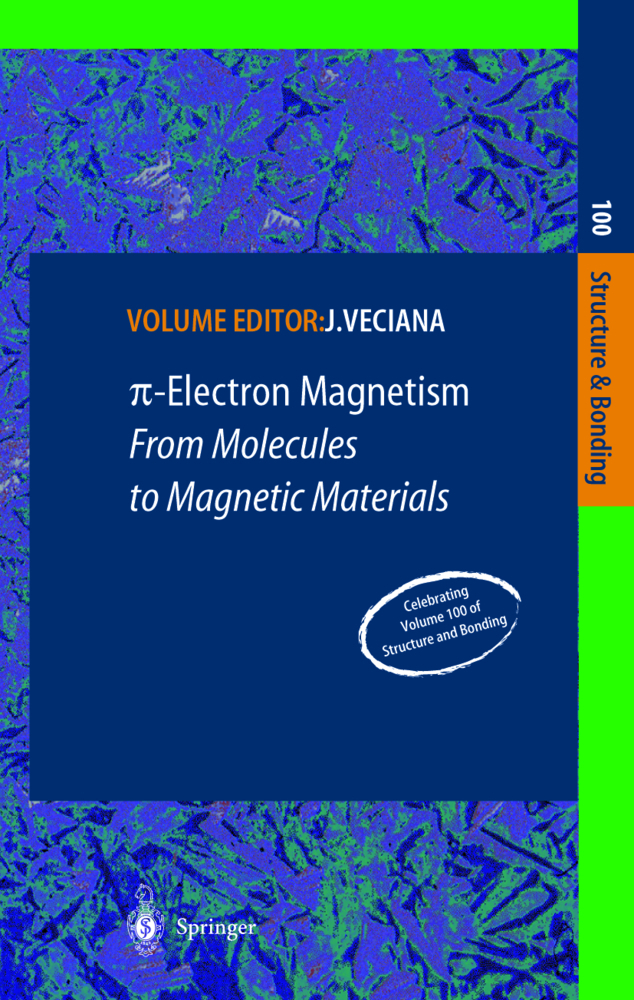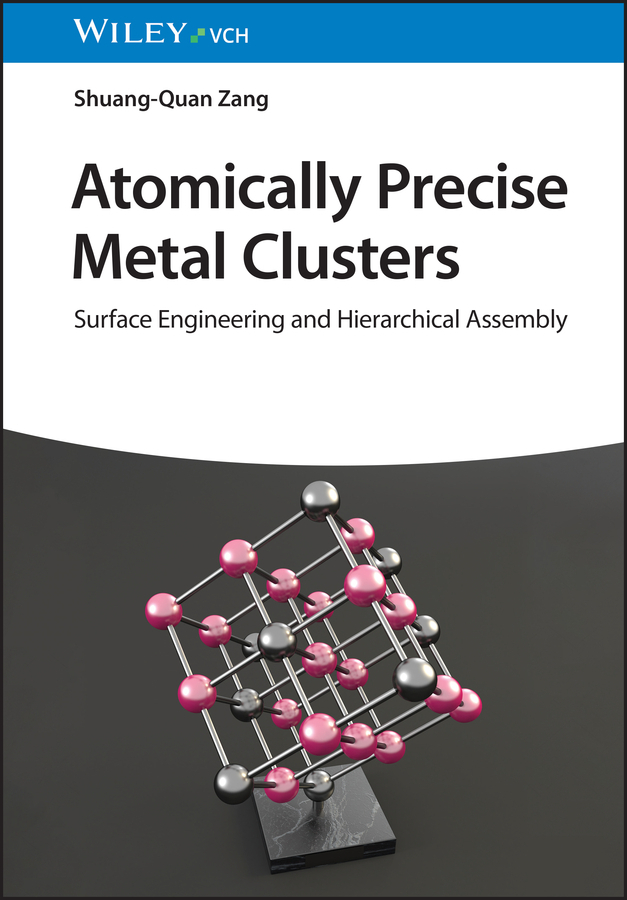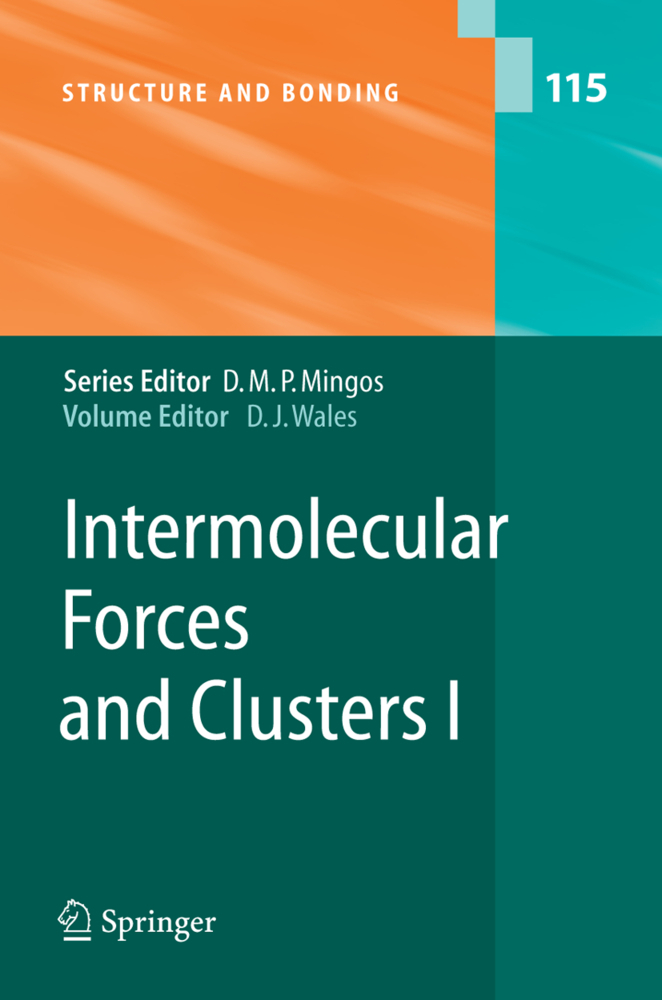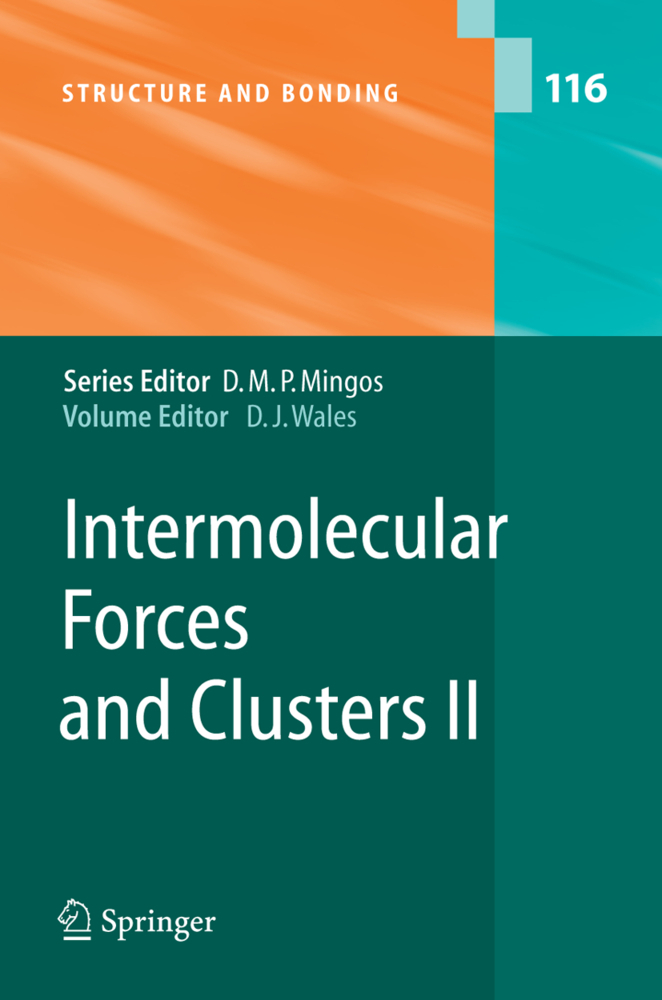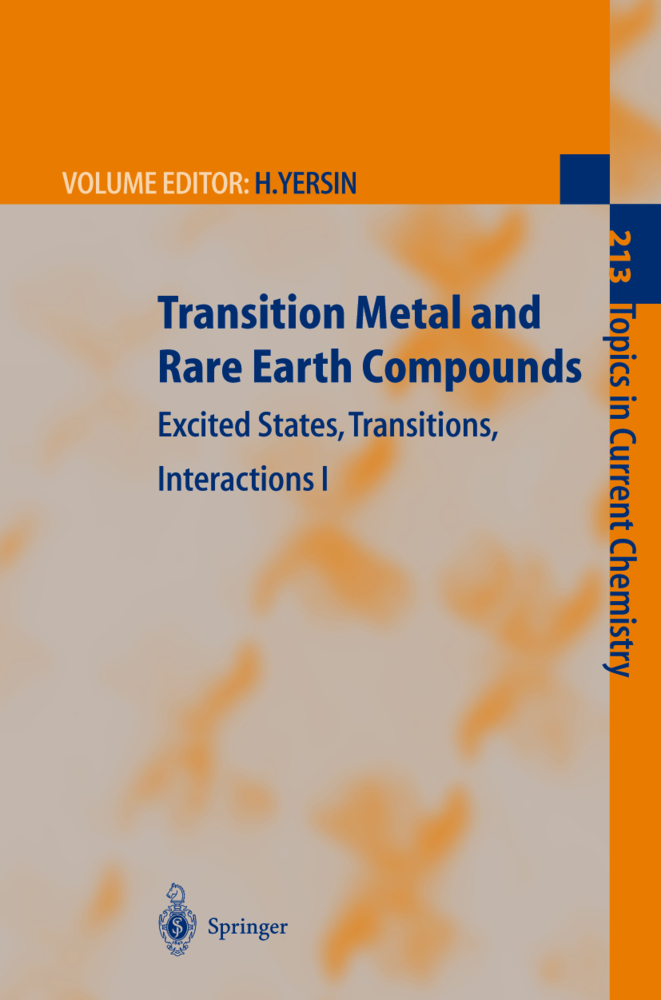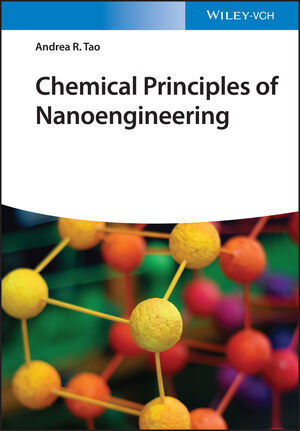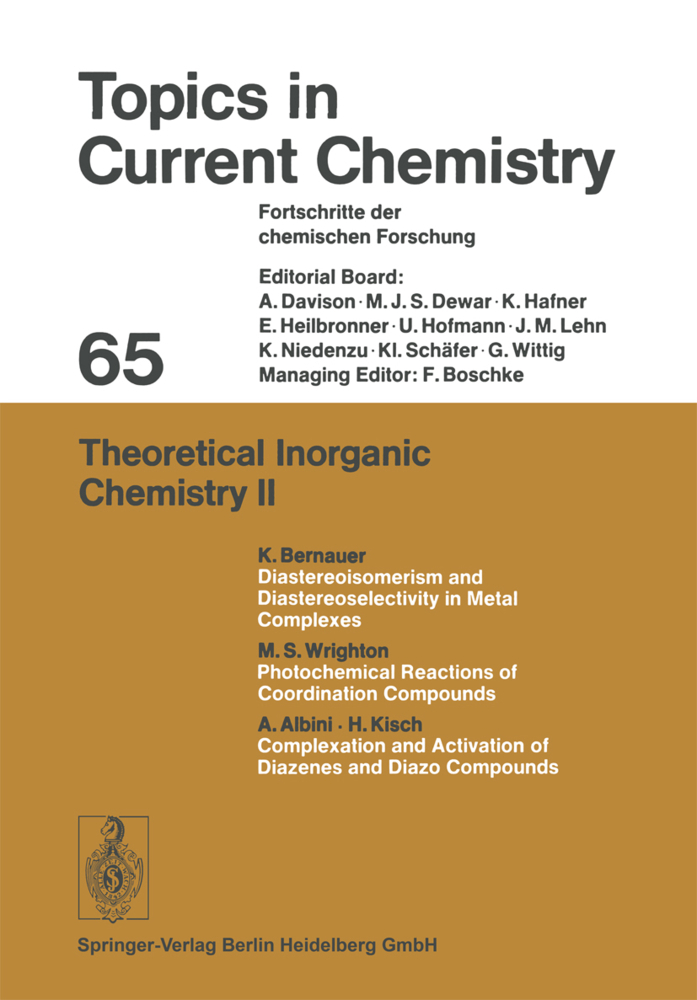Molecular Self-Assembly
Organic Versus Inorganic Approaches
Molecular Self-Assembly
Organic Versus Inorganic Approaches
Self-assembly is undoubtedly a topic of special interest in current chemistry and is related to very wide scientific areas. Recent progress in this field seems to be featured by the construction of well-defined discrete systems exploiting complementary hydrogen bonding as well as coordination bonding. Seven leading international experts introduce the current topics in this very interesting field, focusing on two major subjects: organic assemblies and inorganic assemblies. All researchers who are interested in molecular recognition, material science, nanotechnology, and supramolecular chemistry will welcome this book as an inspiring source for creative research ideas.
Controlling Hydrogen Bonding: From Molecular Recognition to Organogelation
Heteroaromatic Modules for Self-Assembly Using Multiple Hydrogen Bonds
Hydrogen-Bonded Liquid Crystals: Molecular Self-Assembly for Dynamically Functional Materials
Inorganic Assemblies
Synergistic Effect of Serendipity and Rational Design in Supramolecular Chemistry
Molecular Paneling Through Metal-Directed Self-Assembly
Pythagorean Harmony in the World of Metal Oxygen Clusters of the Mo11 Type: Giant Wheels and Spheres both Based on a Pentagonal Type Unit.
Organic Assemblies
The Utilization of Persistent H-Bonding Motifs in the Self-Assembly of Supramolecular ArchitecturesControlling Hydrogen Bonding: From Molecular Recognition to Organogelation
Heteroaromatic Modules for Self-Assembly Using Multiple Hydrogen Bonds
Hydrogen-Bonded Liquid Crystals: Molecular Self-Assembly for Dynamically Functional Materials
Inorganic Assemblies
Synergistic Effect of Serendipity and Rational Design in Supramolecular Chemistry
Molecular Paneling Through Metal-Directed Self-Assembly
Pythagorean Harmony in the World of Metal Oxygen Clusters of the Mo11 Type: Giant Wheels and Spheres both Based on a Pentagonal Type Unit.
Fujita, Makoto
| ISBN | 978-3-662-14306-3 |
|---|---|
| Medientyp | Buch |
| Copyrightjahr | 2013 |
| Verlag | Springer, Berlin |
| Umfang | X, 254 Seiten |
| Sprache | Englisch |

